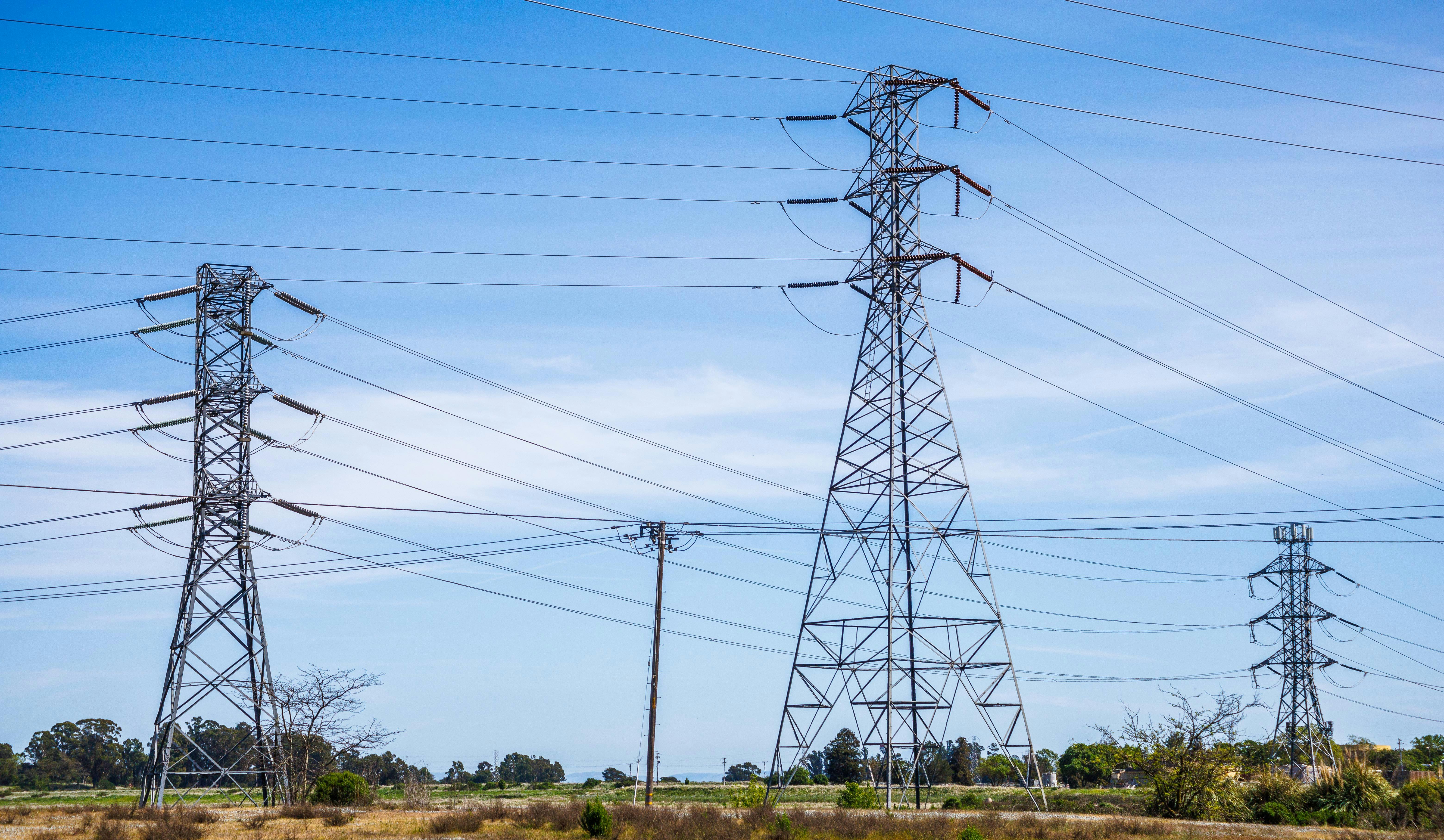What is the vision for the reality and future of electricity in Syria, roles of government, people and investors?

The vision for the future of electricity in Syria, as the country emerges from years of destruction and conflict, is both challenging and promising.
The electricity sector has been severely damaged due to the war, with infrastructure such as power plants, transmission lines, and distribution networks suffering extensive destruction.
However, with the easing of international sanctions and the beginning of recovery, there is an opportunity to rebuild and modernize the electricity system.
Here's a vision for the near and distant future, along with the roles of various stakeholders:
Current Reality of Electricity in Syria
- Infrastructure Damage:
A significant portion of Syria's electricity infrastructure has been destroyed or damaged, leading to widespread power outages and unreliable supply.
- Energy Deficit:
Syria faces a significant energy deficit, with demand far exceeding supply. Many areas rely on generators and alternative energy sources.
- Financial Constraints:
Limited government funds and international investment have hindered reconstruction efforts.
- Renewable Energy Potential:
Syria has untapped potential for renewable energy, particularly solar and wind, which could play a key role in the future.
Near Future (Next 5-10 Years)
- Rehabilitation of Infrastructure:
The immediate priority will be repairing and rebuilding power plants, transmission lines, and distribution networks. This will require significant investment and technical expertise.
- Diversification of Energy Sources:
Syria should focus on diversifying its energy mix by investing in renewable energy sources like solar, wind, and hydropower.
This will reduce reliance on fossil fuels and improve energy security.
- Decentralized Energy Solutions:
In areas where grid reconstruction is challenging, decentralized solutions like solar microgrids and small-scale wind turbines can provide reliable electricity.
- Public-Private Partnerships:
The government should encourage private sector investment in the electricity sector, including independent power producers (IPPs) and renewable energy projects.
- International Aid and Investment:
With easing sanctions, Syria can attract international aid and investment to support the rebuilding of its energy infrastructure.
Distant Future (10-30 Years)
- Modernized Grid:
Syria could develop a smart grid that integrates renewable energy, energy storage, and advanced monitoring systems to ensure efficient and reliable electricity distribution.
- Energy Independence:
By investing in renewables and energy efficiency, Syria could reduce its dependence on imported fuels and achieve greater energy independence.
- Regional Energy Integration:
Syria could explore regional energy partnerships, such as connecting to the Mediterranean or Gulf electricity grids, to enhance energy security and trade.
- Sustainable Development:
A long-term vision should prioritize sustainability, with a focus on reducing carbon emissions and aligning with global climate goals.
Roles of Stakeholders
- Government:
The government must lead the reconstruction effort by setting clear policies, providing funding, and creating a favorable regulatory environment for investment. It should also prioritize renewable energy and energy efficiency.
- Private Sector and Investors:
Private companies and investors can play a crucial role in financing and implementing energy projects, particularly in renewables and decentralized energy solutions.
- Local Communities:
Residents can contribute by adopting energy-efficient practices and supporting community-based renewable energy projects.
- International Organizations:
Aid agencies, development banks, and foreign governments can provide technical and financial support for rebuilding Syria's electricity sector.
- Academia and Research Institutions:
These entities can contribute by researching innovative energy solutions and training a skilled workforce for the energy sector.
The future of electricity in Syria depends on a collaborative effort involving the government, private sector, local communities, and international partners.
While the government must provide leadership and policy direction, the active participation of investors, residents, and international stakeholders is essential for achieving a sustainable and reliable electricity system.
By leveraging renewable energy and modern technologies, Syria can build a resilient energy sector that supports its recovery and long-term development.
 English
English
 العربية
العربية
